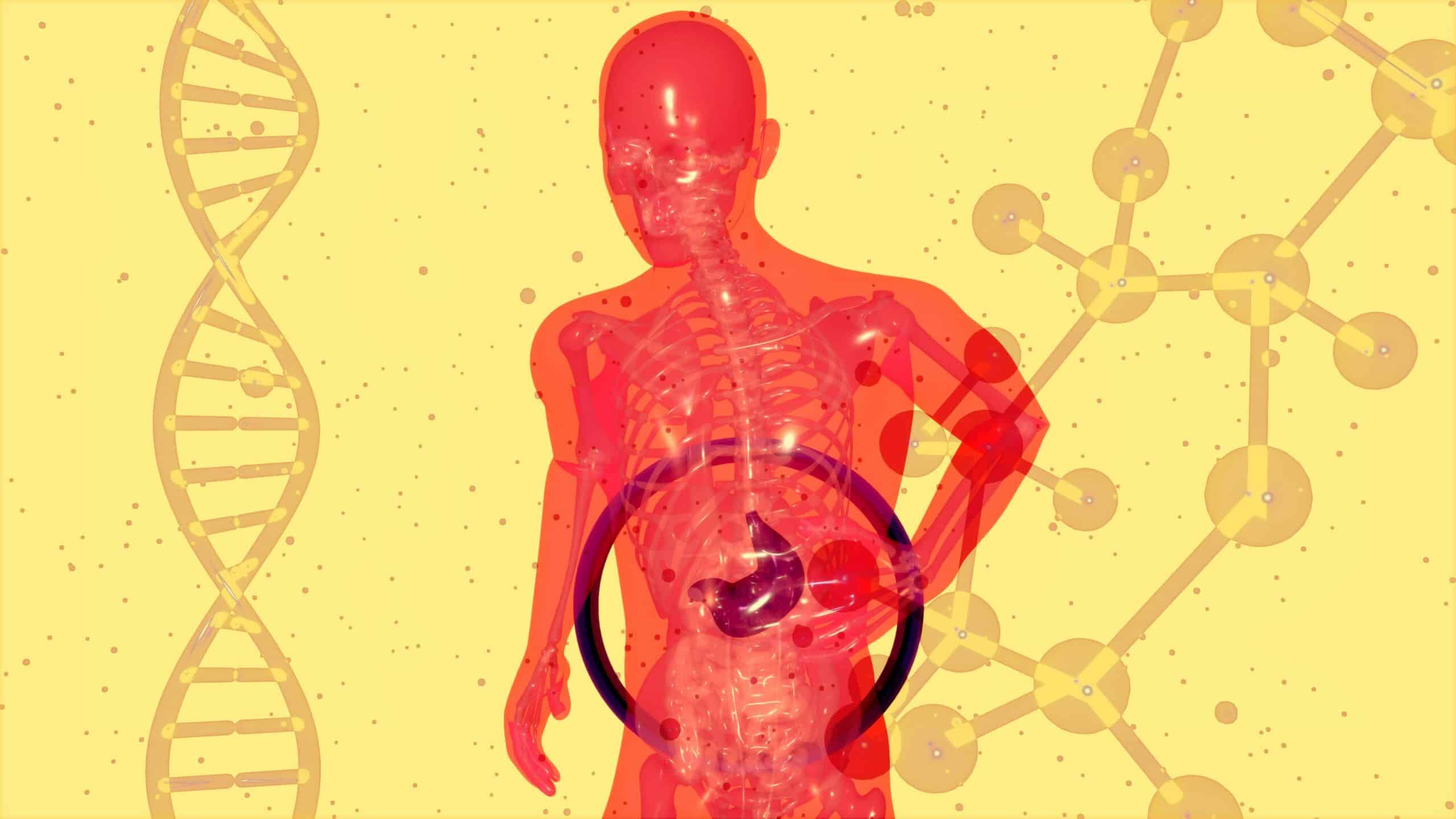When assessing opiates vs narcotics, it is important to understand how they work, what they are used for, and why they are addictive. It is also important to understand the difference between prescriptions and illicit drugs. Let’s take a closer look at narcotics vs opiates to identify the subtle differences.
What Are Narcotics?
Narcotics are a variety of substances that alter brain function and relieve pain. Narcotics include heroin, OxyContin, Vicodin, codeine, morphine, methadone, and fentanyl. Most narcotics originate with the poppy seed and are fabricated in a lab. Some narcotics are all-natural, while others are synthetic.
According to the National Institute of Health (NIH), narcotics work by binding to receptors in the brain. The drug blocks the feeling of pain. Although narcotics do relieve pain, patients should only use them for three to four months. Using them for a longer period could result in an addiction. As a result, a user may need to seek help at an addiction treatment center.
Narcotics have distinctive characteristics, such as:
- Doctors prescribe narcotics to help patients manage pain
- All narcotics – illicit drugs and prescriptions – are highly addictive
- Narcotics can lead to accidental overdose or death even if you are not addicted
- Narcotics block pain receptors, thus, reducing pain in the patient
- A person may experience euphoria when taking certain types of narcotics
You can obtain narcotics from several sources, including doctors, pharmacies, healthcare facilities, family, and friends. While most narcotics come in the form of prescription medication, several illicit street drugs are easy to get.
What Are Opiates?
Opiates are controlled prescription substances that come from poppy seeds. These drugs are used to treat mild to severe pain. They also produce a euphoric calming effect, relaxing the patient to help them cope with pain. Due to their effects, opiates are extremely addictive and can lead to drug abuse.
Opiates include codeine, Darvocet, Demerol, Dilaudid, Fentanyl, Hydrocodone, Methadone, morphine, and Oxycodone. Opiates are different from other opioids in that they are naturally derived from opium. Opioids are synthetically produced. Opiates have distinctive characteristics, such as:
- Opiates activate Mu receptors in the brain and depress the central nervous system
- Patients feel calm and less anxious when taking opiates
- Opiates are naturally produced from opium – not synthetic
- Opiates include both prescription medication and illicit street drugs
- A user can overdose on opiates even if they do not have an addiction
Like most substances, the effects of opiates can wear off over time. As a result, a user would have to increase the dosage to continue feeling the effects. This is how most users overdose on the drug. Long-term use can lead to addiction or dependence on the drug. Anyone who is addicted to opiates should seek help from an addiction treatment center.
Treatment for Narcotics vs Opiates
If you have an addiction to narcotics, you should seek treatment from an addiction treatment center in Jacksonville, FL. The right treatment can help you get off the drugs and help you with your recovery. Treatment from narcotics vs opiates is essentially the same. You may need to go through detox, rehab, and aftercare.
If you would like to know more about the differences between opiates vs narcotics, then contact Lakeview Health. We offer comprehensive treatment for all types of addiction. Call us at [Direct] to start your treatment today.




